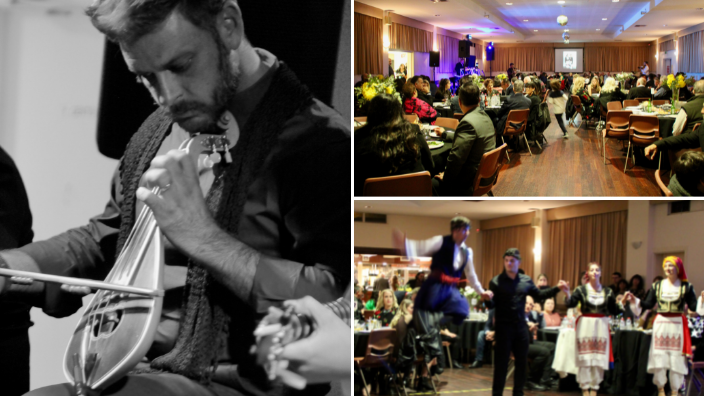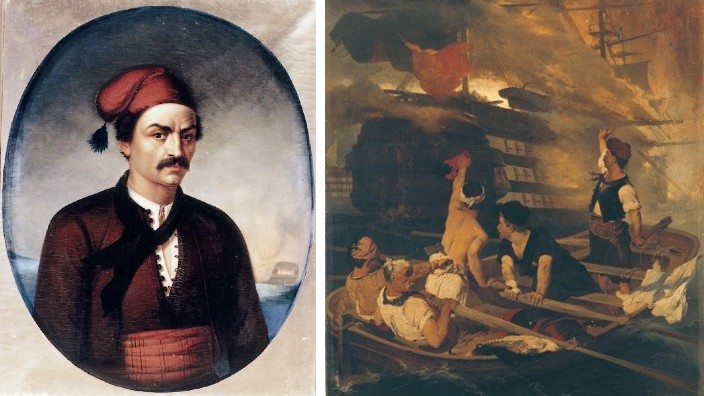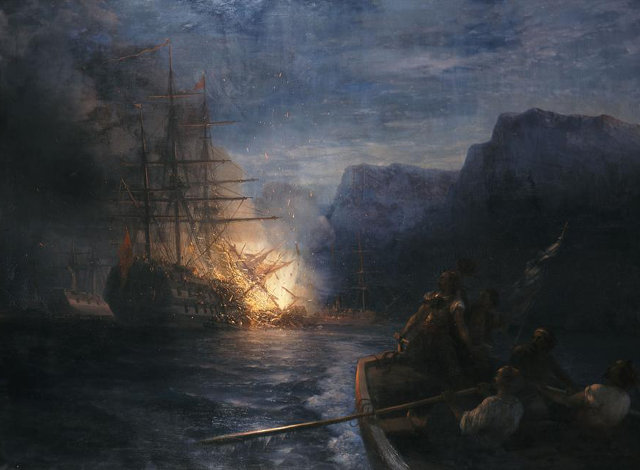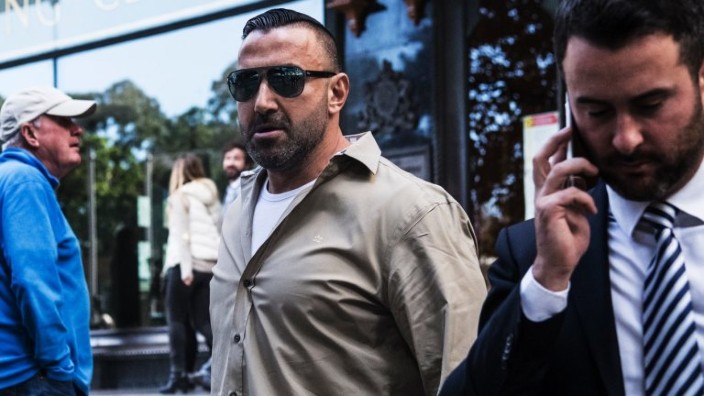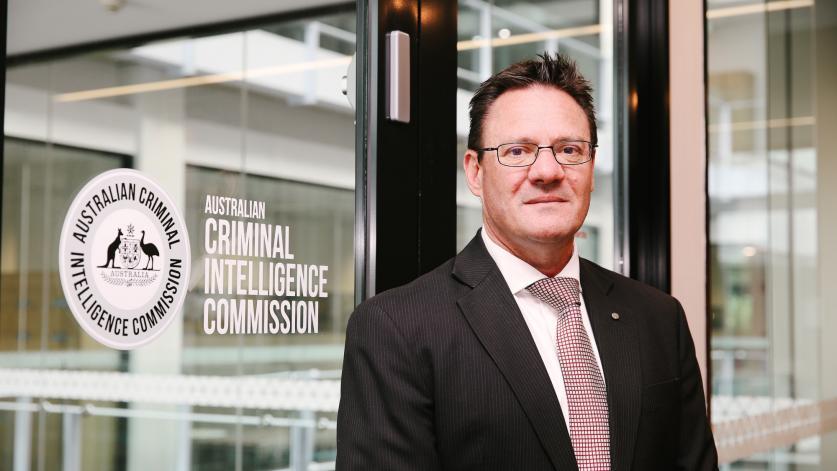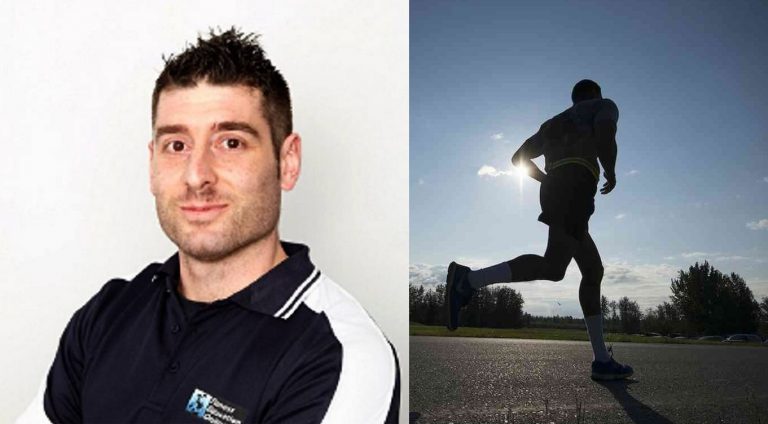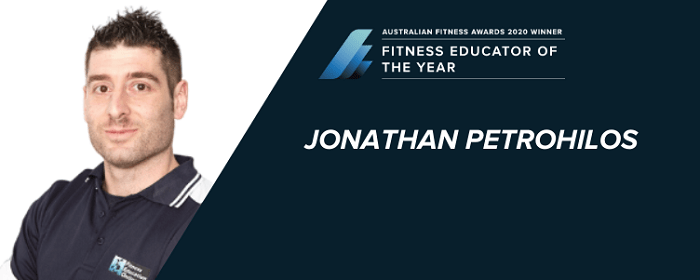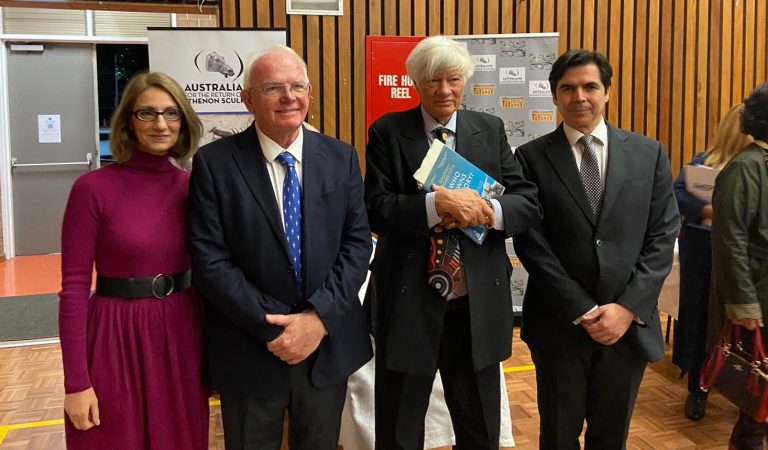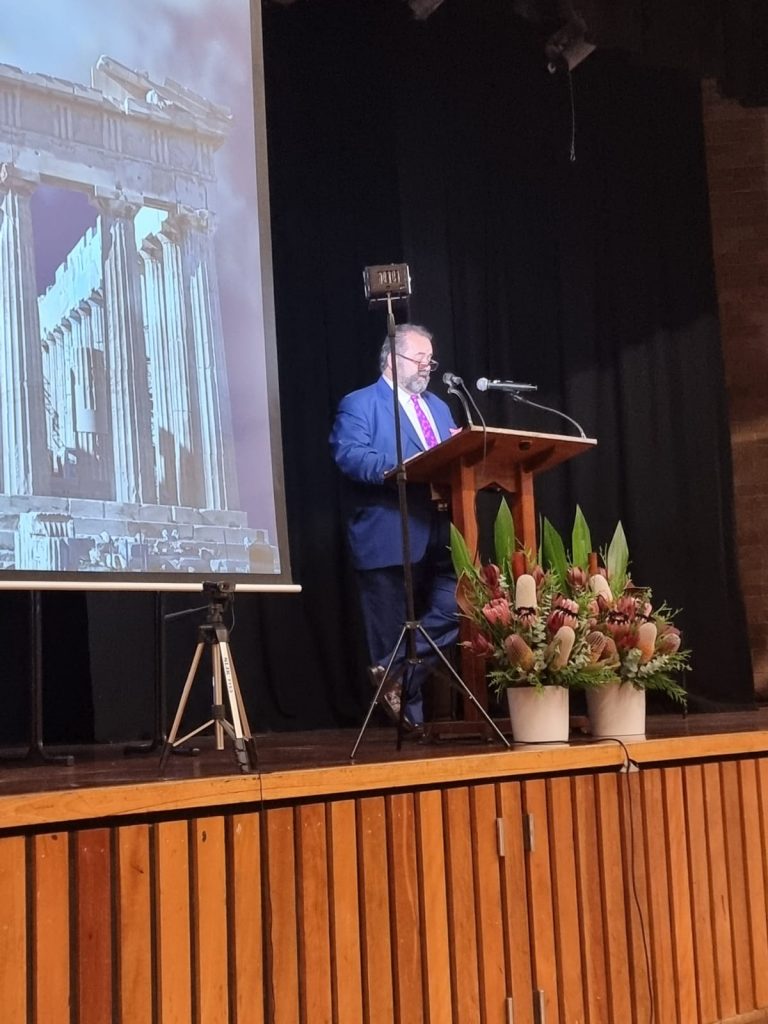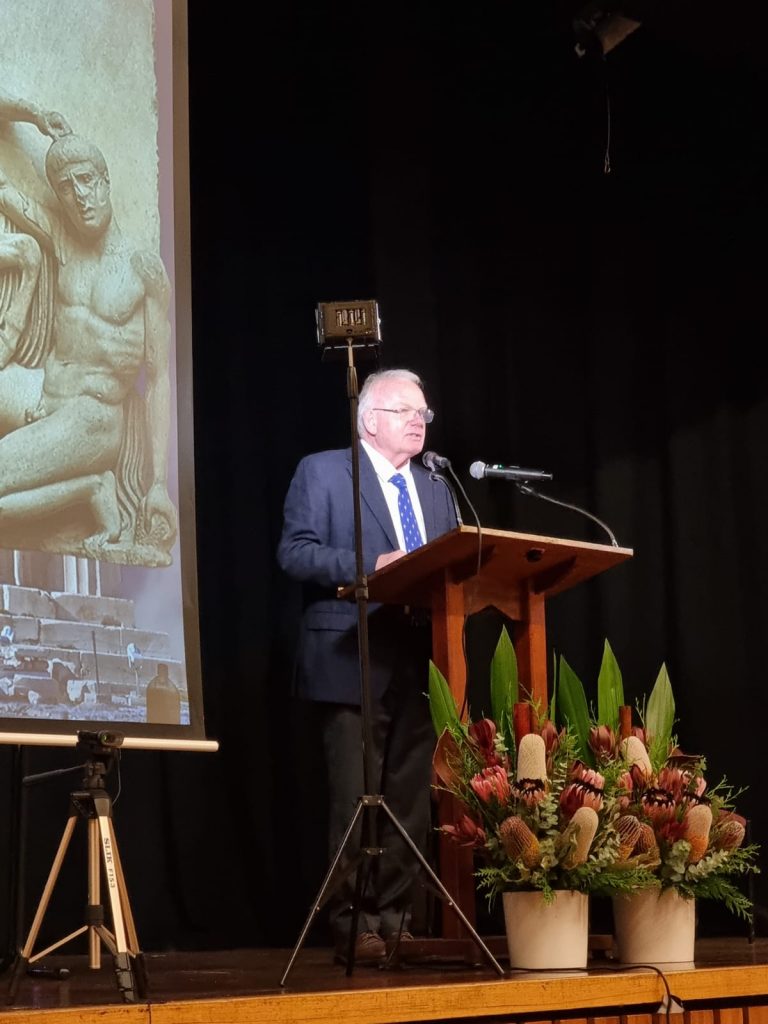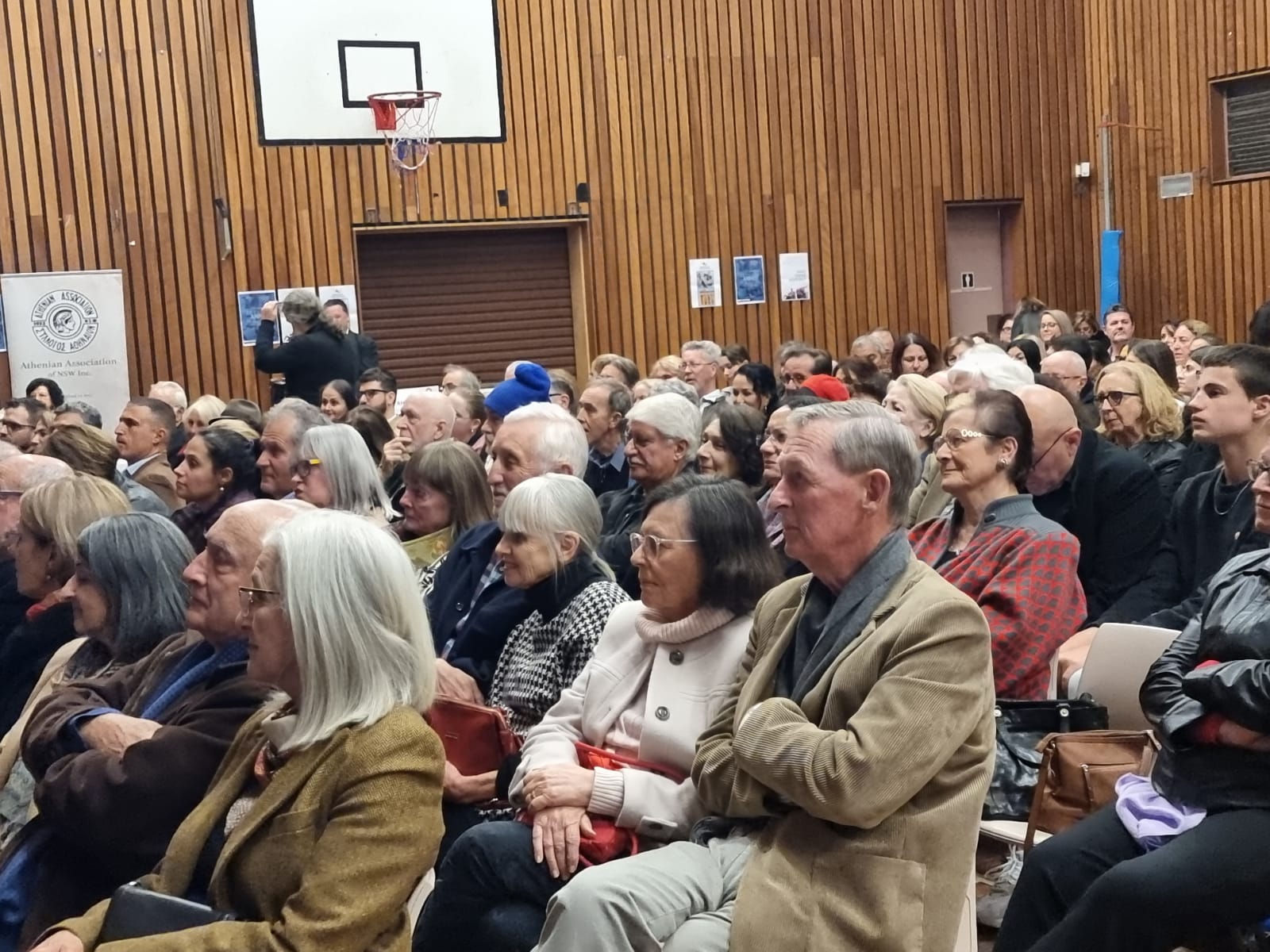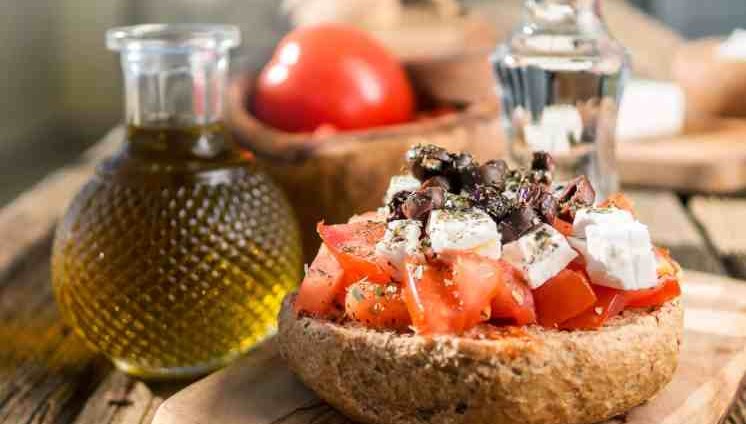With a sold-out Dinner Dance held on Saturday, 5 June at the Chian Association Hall in Rosewater, Adelaide, the Cretan Association of SA concluded its second week of commemorative events for the 80th Anniversary of the Battle of Crete while raising vital funds for the Club.

In his opening speech for the evening, the Association’s President, Pantelis Fridakis welcomed the attendees and special guests, before he went on to talk about on the importance of the Battle of Crete and the bravery of those who participated.

“Putting on events like this, it’s not an easy task,” said Fridakis thanking the committee members and volunteers for their efforts and ongoing commitment.
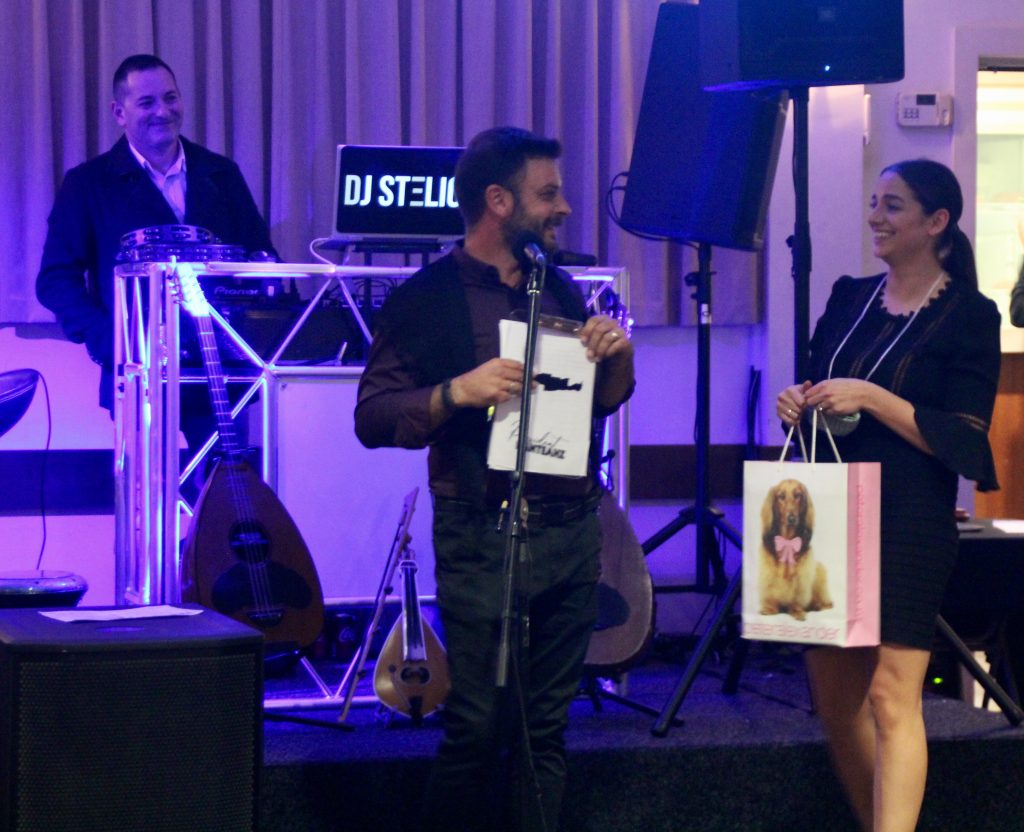
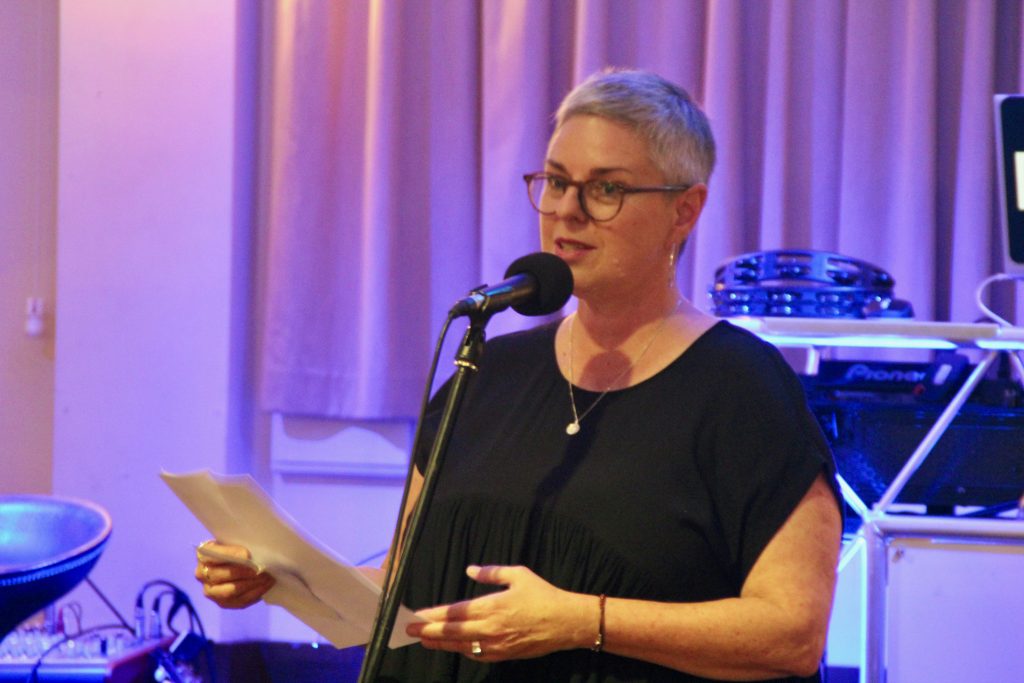
“As you are aware, the last 18 months have been tough for all of us both personally and professionally. Our club was shut for a year and this is the second event we were able to do so far, so I thank each and every one of you for helping us keep the club’s doors open,” he said.
Special guests included Fr Ioannis Choraitis from the Greek Orthodox Community of The Nativity of Christ Port Adelaide, Fr Chris Tsoraklidis from St Dimitrios Greek Orthodox Parish of Salisbury, Commander Fernando González from the Australian Air Force with his wife and Megan Spencer, the producer of a podcast series about war, remembrance and Australian prisoners of war in Germany during the Second World War.

Addressing the attendees, Commander González, said that being Cretan and wearing the traditional outfit is equivalent to wearing a uniform and medals, while in lieu of a Soldiers Roll of Honour he mentioned -in Greek- the places where the Allied Forces fought to keep the invaders off the Cretan soil. Speeches were also given by Fr Tsoraklidis and Megan Spencer.
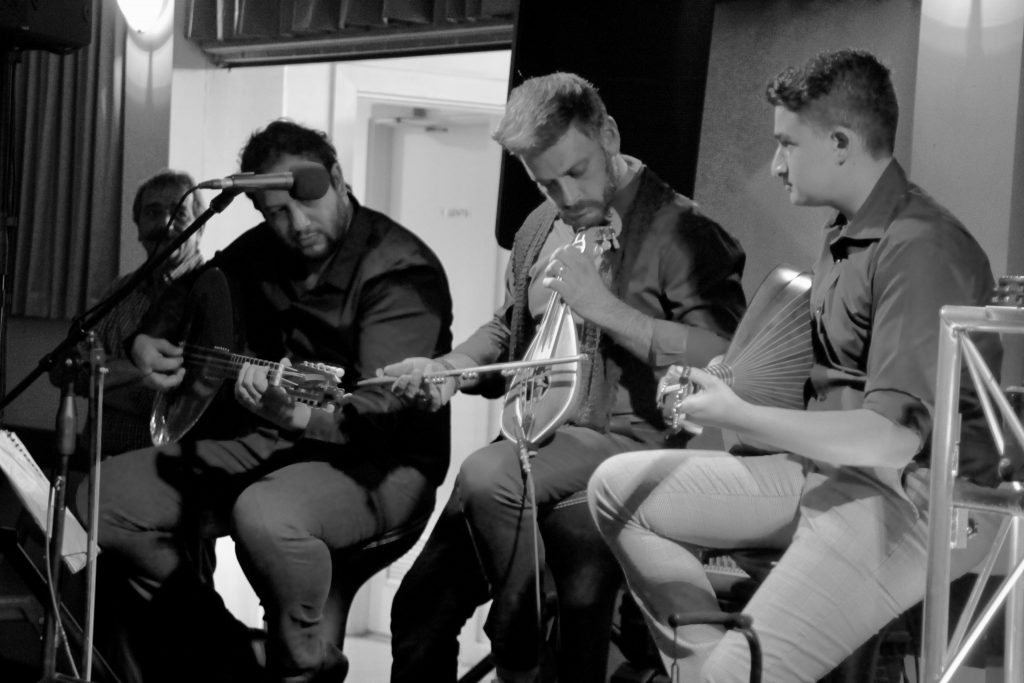
The event concluded with music, traditional delicacies prepared by the volunteers and Cretan dances performed by the Association’s Dance Group.
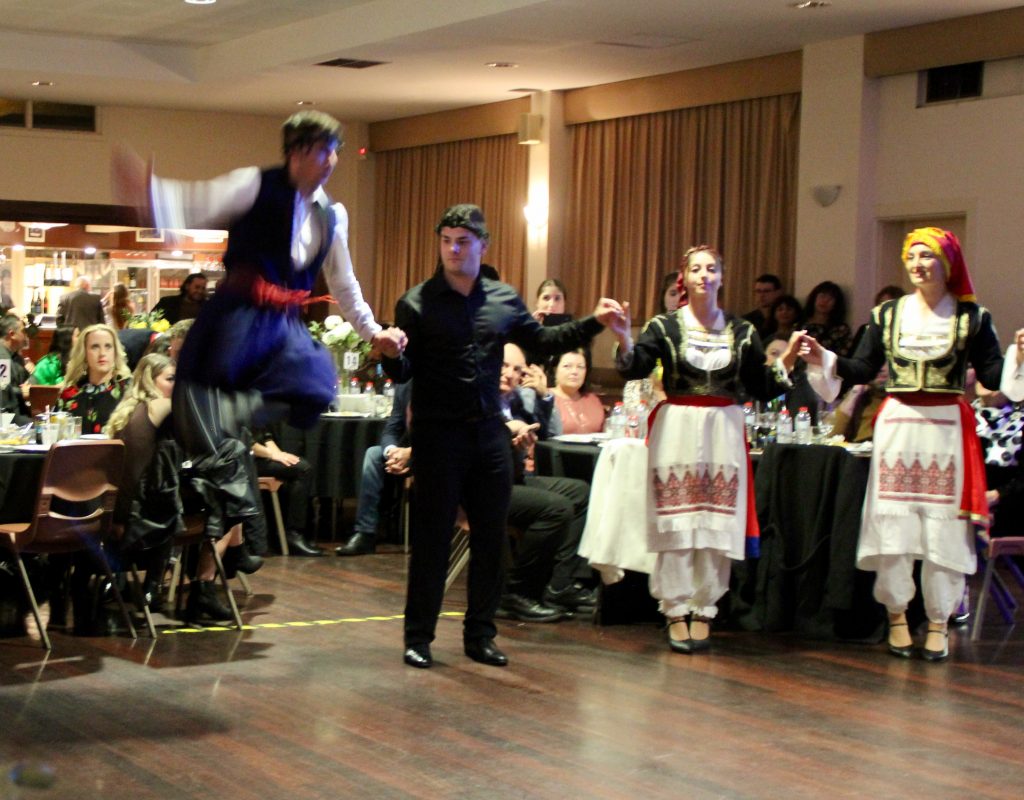

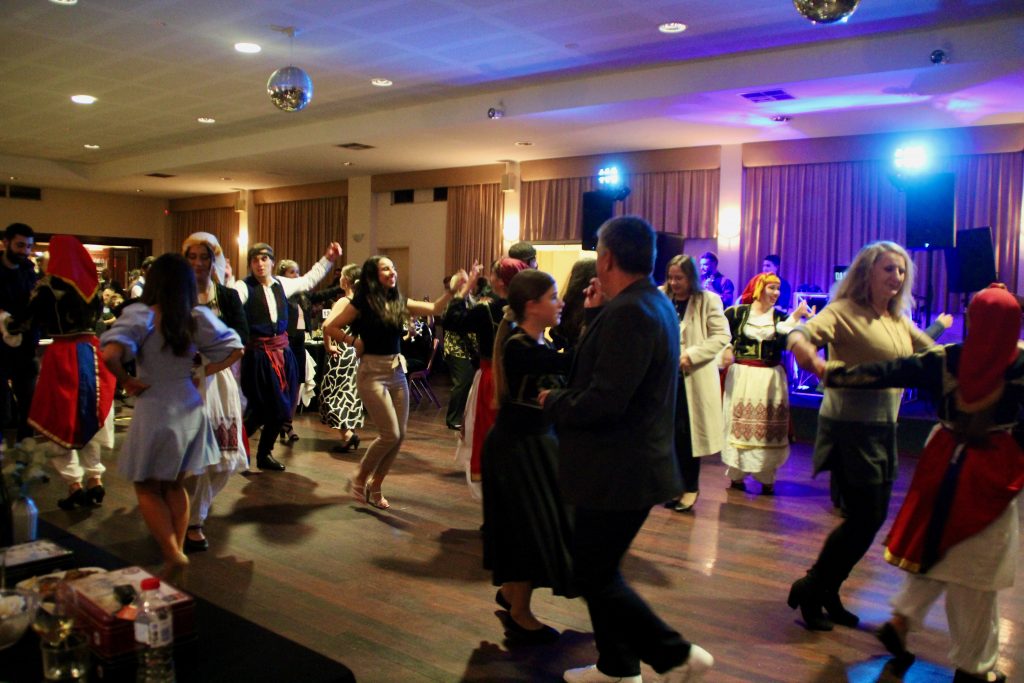
The next commemorative event which will include a ‘Mnimosino’ followed by a screening of the Battle of Crete Documentary is set to take place on Sunday 13 June at the Holy Monastery of St Nectarios, Croydon Park.

